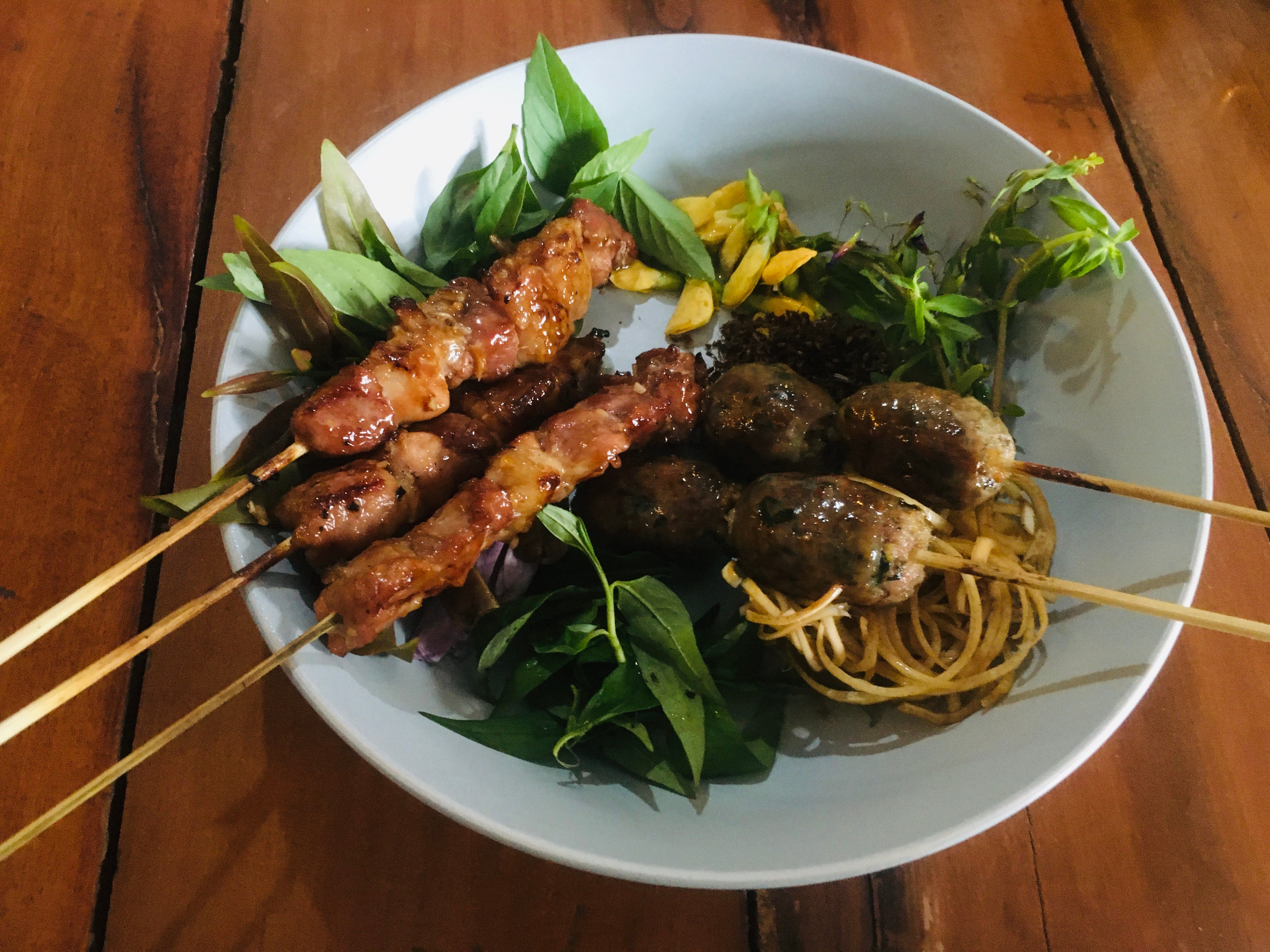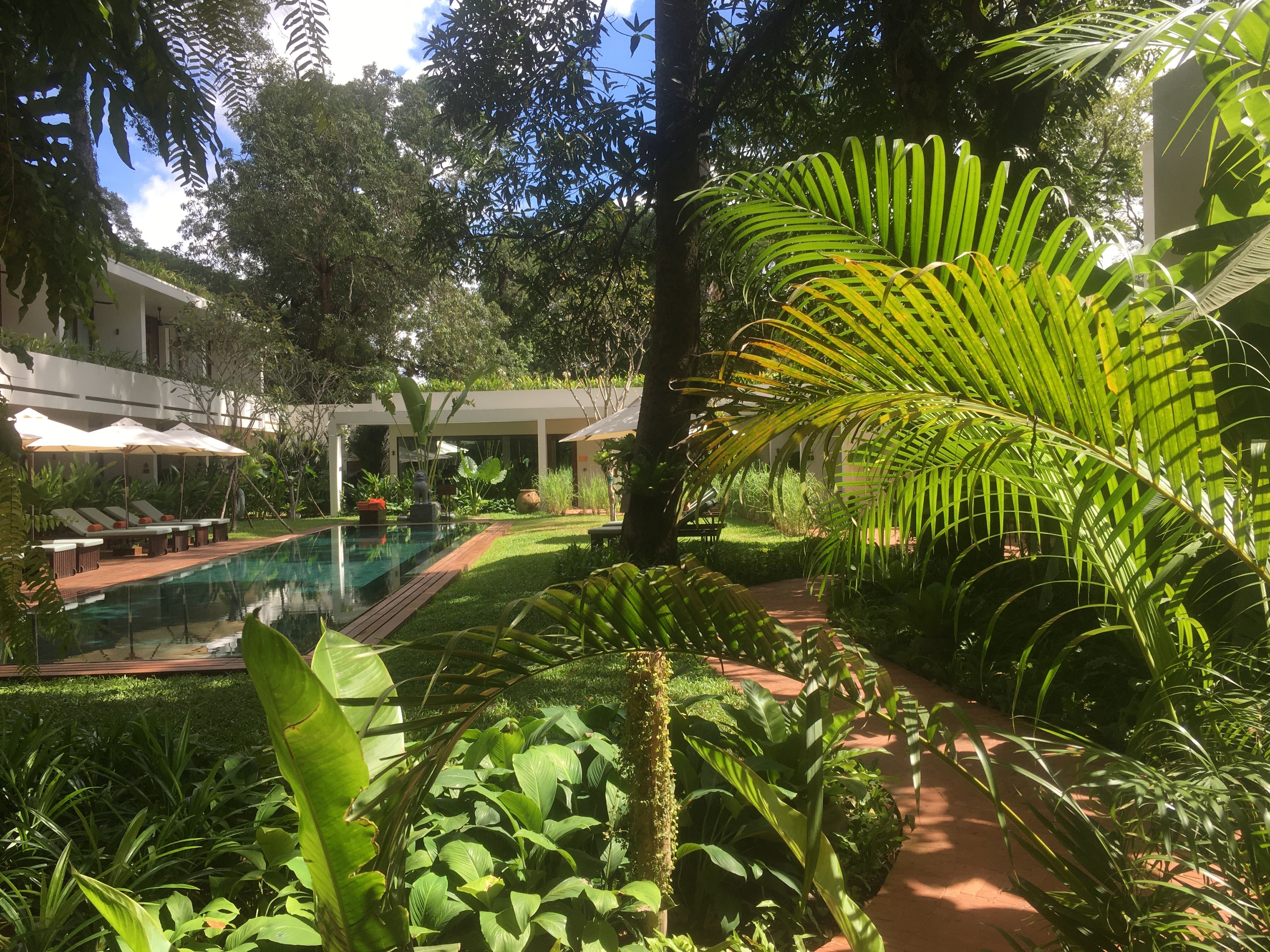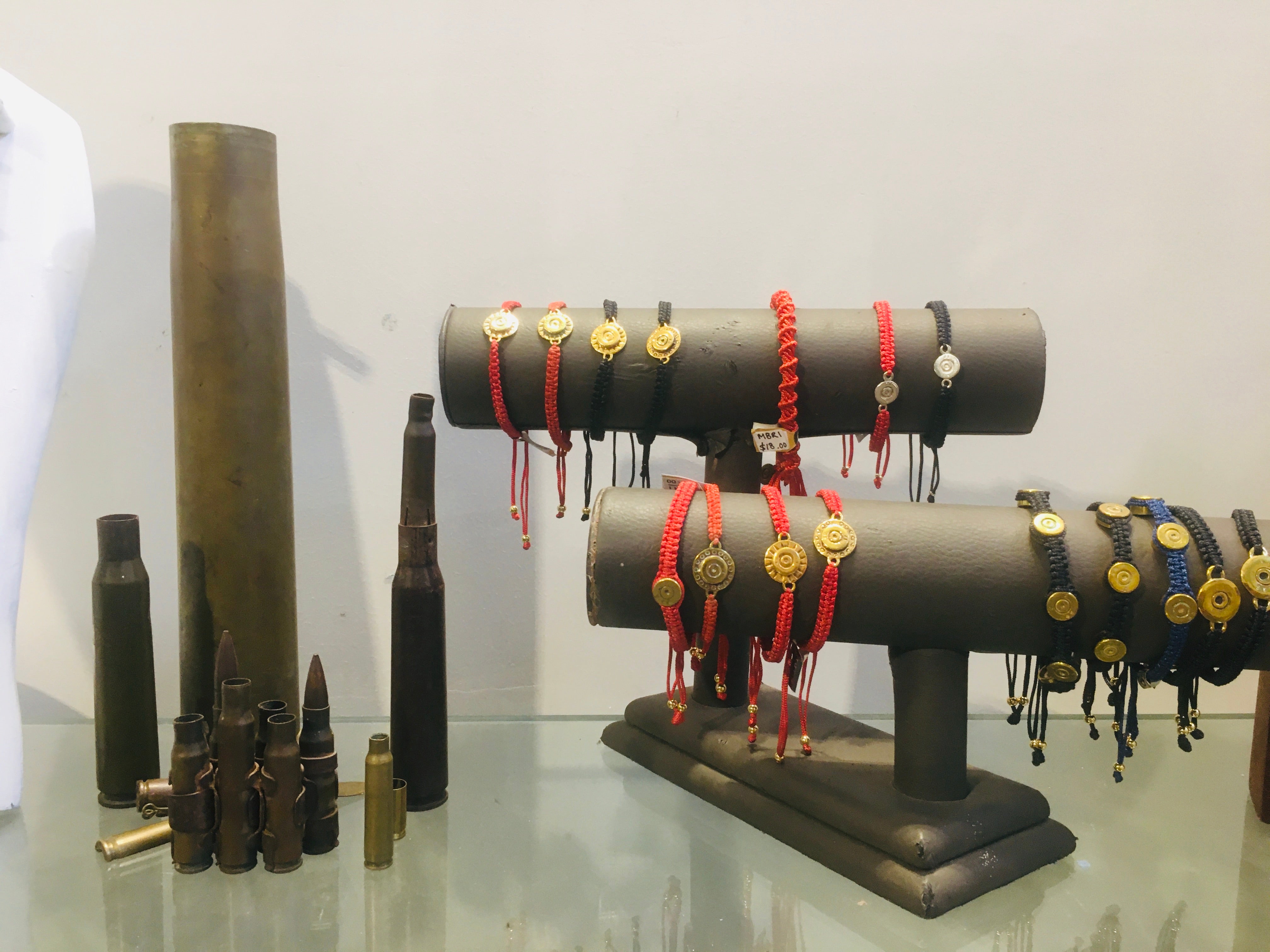How Siem Reap has transformed over the last 15 years
With new five-star hotels and more plans afoot, Cambodia’s famous temple town is on the up. Tamara Hinson returns after more than a decade away to see how it’s changed


The first time I visited Siem Reap, in 2005, I arrived overland, taking the train from Bangkok to the Cambodian border, before flagging down a taxi for the drive to the town made famous by Angkor Wat. I remember grinding into its centre in a car with a smashed windscreen, its semi-flat tyres kicking up plumes of dust from the dusty mess of loose gravel.
Fifteen years later, just before the pandemic would put the country on lockdown, I flew in, and within minutes of leaving the airport – on a glass-smooth ribbon of tarmac, in my minty-smelling Uber – it was clear Siem Reap had changed beyond all recognition. In 2005, there were two five-star hotels – the Raffles Grand Hotel d’Angkor and the Hotel de la Paix (now a Hyatt). A friend knew someone at the latter and I was given spa access for the day. I remember traipsing there from my hostel, feeling self-conscious as I crept past guests sprawled on poolside sun-loungers, no doubt frowning in disgust at the yellow dust billowing from my elephant pants.

Hotels like these can no longer rest on their laurels. One recent addition to Siem Reap’s five-star scene is the FCC Avani by Angkor, which opened in late 2019. Before I arrived, I was slightly fearful about the FCC’s (Foreign Correspondents’ Club) makeover. This wonderfully crumbly building has a rich history, and was the base for bullet-dodging correspondents during the war. I needn’t have worried. The exterior – a low-slung collection of buildings with mid-century modern elements – might well bear little resemblance to the pock-marked original, but I found plenty of nods to its past, including antique typewriters in the rooms, and fading, framed newspaper pages. The owners were keen not to cut the hotel off from the outside world, and my favourite spot was the open-air bar in the lush grounds, where I sipped cocktails and watched moto-taxis splutter past.
I learned that the Elephant Bar got its name because it was where visitors to the hotel would dismount their tusked charges
The Raffles Grand Hotel d’Angkor is the latter hotel’s closest competitor in more ways than one; it takes three minutes to walk from one property to the other. In October 2019 the hotel emerged from a six-month spruce up (one of several since it opened in 1932). On a tour with its in-house historian, I learned that the Elephant Bar got its name because it was where visitors to the hotel would dismount their tusked charges. Despite multiple upgrades over the years, various original features remain, including the cage elevator, which has never been taken out of service apart from for routine maintenance.
When I first visited Siem Reap, the only real option for retail therapy was the Old Market, with its three-for-two offers on elephant pants and plastic temples. Visitors seeking more authentic souvenirs are now spoiled for choice. A recommendation led me to Ammo, where British jeweller Madeline Green turns spent bullets into items of jewellery.

And then there’s Tribe gallery, opened in 2018 by British art-loving couple Nat and Terry, on a mission to nurture local talent such as Phirom, who sold his tuk-tuk to buy his camera. Nat and Terry regularly invite well-known street artists to Siem Reap to brighten up unloved spaces. Nat led me down the alleyway next to his gallery to show me a mural entitled Coconut Ladies. It was painted by Irish artist Fin DAC and depicts the two women who’ve hawked coconuts from a stall at the end of the alley for years. Nat even introduced me to one of them, who dragged me over to the mural and insisted Nat took our picture – but only once she’d manoeuvred me into the perfect spot. Apparently, she gets dozens of photo requests a day.

From Tribe, it’s a quick hop across the river to Kandal Village, a cluster of independent boutiques and cafés – including The Little Red Fox Espresso, founded by Australian transplants Adam and David, who built a community recycling point outside their coffee shop and turn their used cooking oil into biofuel. Adam and David are heavily involved with the development of Kandal Village, which started with seven independent businesses. Today there are 35. “Hotel owners are really happy because there’s somewhere different they can send their guests to,” said Adam, who leads guided shopping tours for guests at the Raffles Grand Hotel d’Angkor. “We don’t want to be like Pub Street,” he added. “There are lots of residential buildings here and it’s important that locals are respected.”

The food scene has improved considerably, too. Bugs Café, in Siem Reap’s centre, is (sadly) still doing a roaring trade (mainly with tourists who order fried tarantulas then toss them aside after they’ve snapped their selfie) but for the real thing, I headed to Pou Restaurant and Bar, founded by Mork Mengly, one of Cambodia’s top chefs. He described his cuisine as Cambodian street food. I ordered the grilled chicken with red tree ants (a common seasoning here) and it was, perhaps surprisingly, delicious. Main courses start from £3.
The one thing which hasn’t changed is the temples (although the dusty ticket centre where Angkor Archaeological Park passes must be purchased now has a Havaianas store). But exploring the temples is certainly easier; I was able to use Uber not just to book single journeys, but to hire a tuk-tuk for an entire afternoon, paying around £25 for the privilege.
The main drag had changed beyond all recognition, transforming into a dusty miniature Las Vegas strip, with laser shows and troupes of break-dancers
I couldn’t leave without a final foray down Pub Street. The Red Piano – the bar I frequented in 2005 – was still there, complete with a Tomb Raider cocktail in honour of Angelina Jolie. But the main drag had changed beyond all recognition, transforming into a dusty miniature Las Vegas strip, with laser shows and troupes of break-dancers hoping to relieve visitors of their riels. The evolution continues. Just a few metres away is Sixteenth Avenue, a new development marketing itself as a more refined Pub Street. Late 2019 saw the opening of its first business, the Instagram-friendly The Twizt, self-described as a “flashpackers’ lifestyle hostel”. There was a chandelier in the lobby, a rooftop pool and the most stylish dormitories I’d seen. Just leave your elephant pants at the door.
Travel essentials
Getting there
Trying to fly less?
It’s possible to get from Le Havre in France to Klang, Malaysia by cargo ship. From there, travellers can reach Siem Reap overland by three buses or a combination of trains and buses.
Fine with flying?
British Airways flies from London Heathrow to Bangkok; Air Asia flies from Bangkok to Siem Reap.
Staying there
Doubles at the Raffles Grand Hotel d'Angkor from £212, room only.






Join our commenting forum
Join thought-provoking conversations, follow other Independent readers and see their replies
Comments